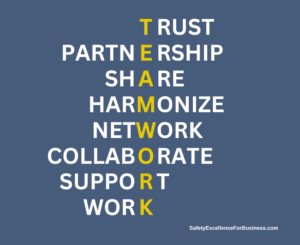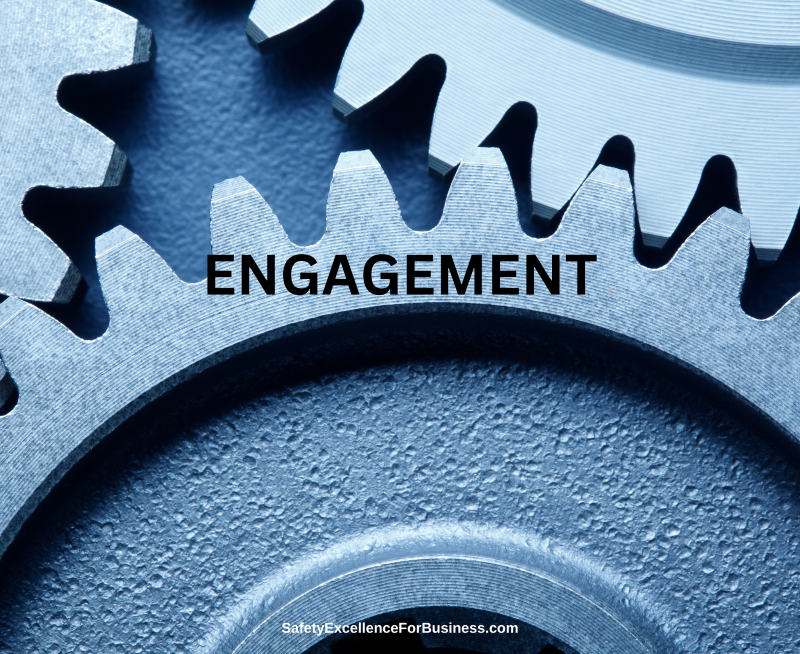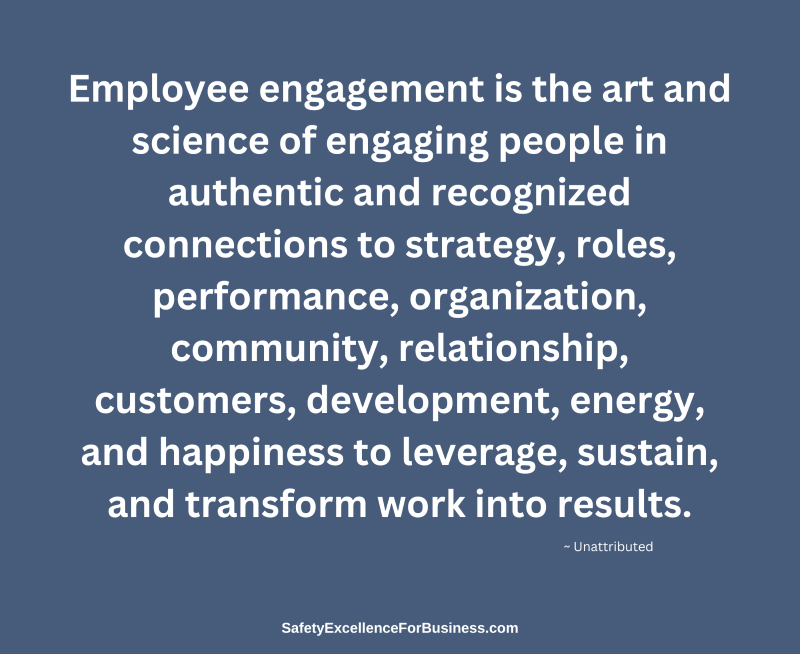The year 2023 was a busy and active year with all the increased business activities, increased construction, and lots of safety conferences.
I congratulate those of you who made progress in improving your company’s safety performance and had more people going home in one piece. It is a wonderful thing to know that you made a positive difference in someone’s life.
The safety challenges were difficult and relentless. The preliminary reports indicate that overall, the number of people getting killed or injured went up in most areas around the world, including the United States. There is so much to deal with like drugs, violence, the push for people to produce more and more with limited resources, more reporting, and the uncertain political and economic climate that is so distracting.
What sorts of changes can we all make in the way we are doing our safety work?
Just doing what we are doing, but harder and faster is not getting the improvements we need. Putting more safety people into the work may make a small difference, but not the step change we need to make.
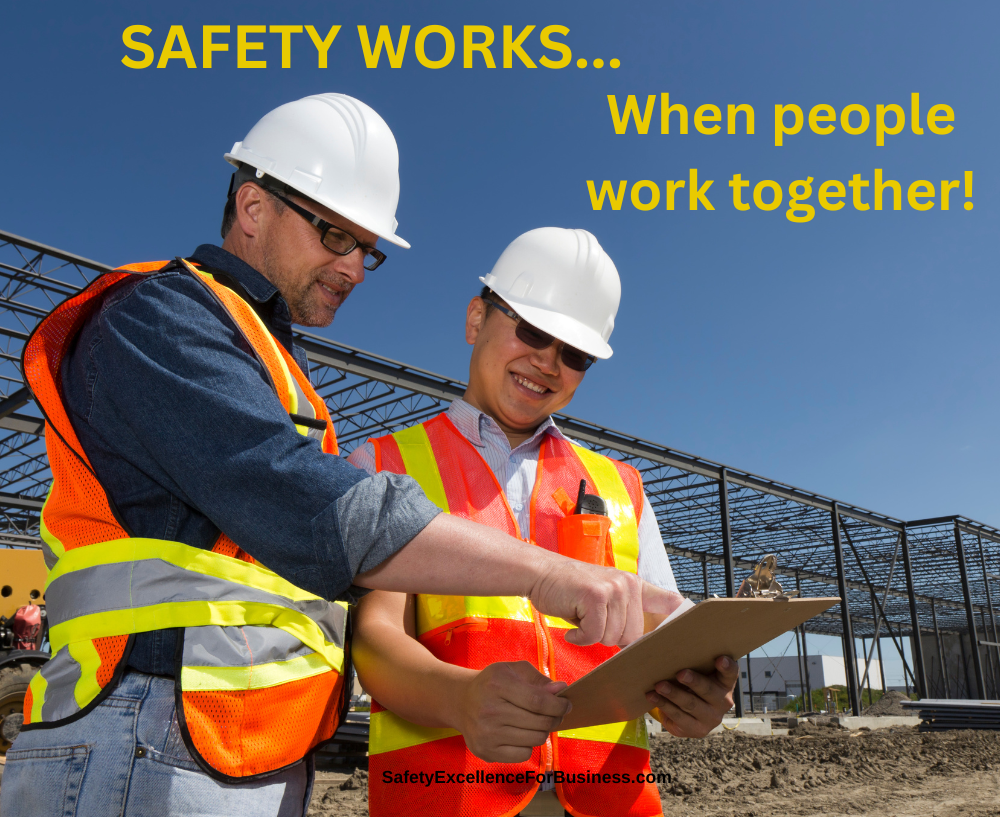
My Learnings
One of the things I found that really made a big difference when I was working as a plant manager was going out among the people listening, talking together, getting to know them, and the challenges they had in doing their work. These are the people actually doing the physical work of manufacturing.
As a manager, sitting in my office, I had almost no idea about their daily challenges they faced in doing their jobs. I was also worried that they were getting various messages from me, the other managers, and supervisors that put them into a bind. They were struggling with messages like work safely but get the pounds out. They were unclear about priorities and goals. I think they were all trying to do their jobs as well as they could, but it was like working in a fog.
As we talked together, the messages got a lot more clear. I got a much better understanding of their challenges and difficulties. I could not do their jobs; I just did not know how to do their work. So, I started to ask them for their ideas about how I could help them in doing their work.
It was slow at first, but as trust began to build, a lot of good ideas emerged. Many problems they could solve themselves, so I encouraged them to talk together and figure out a good solution. If it was safe and workable, then let’s try it a see how it worked.
A Deep Learning Developed
I did not know how to do the Level 1 work where the actual manufacturing tasks took place, and they did not know how to do the Level 2 work that I was doing. We lacked the experience, information, and knowledge that we each had. All I could do was to ask the people how I could help make the systems better so their work went better, and the people could ask me about the things that I was saying to make the messages and goals more consistent and clearer.
The frontline people got a lot better at doing their Level 1 work and I got a lot better at doing the Level 2 work. As we worked together improving our Level 1 and 2 work, we also talked a lot about the importance of treating each other with respect, really listening and learning together. We learned to help each other better, talk together better, and learn better. These shared values were our Level 3 work and applied to all of us. We discovered that the values in Level 3 applied to all we did so that our work at Levels 1 and 2 went a whole lot better.
Over time, in working together like this for about 4 years, our injury rates went down around 97%, emissions to the air, water and ground went down about 95%, and earnings went up around 300%. All aspects of our work improved. We all did it together.
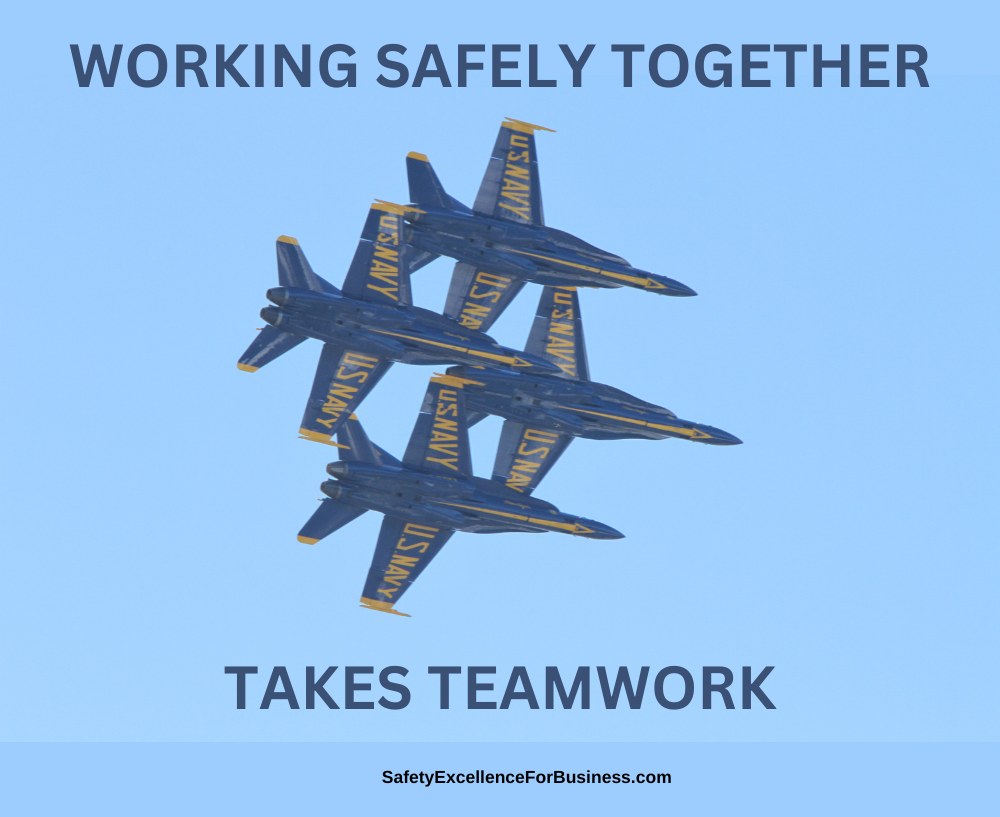
For the New Year
I ask you to think about how you can begin to do safety differently and make the breakthroughs you want to make.
Workplace Safety is a Local Issue
Improvements in the safety performance (fewer deaths, injuries and incidents) is a local issue. These improvements have to be made by the people working in the particular jobs and activities. Ideas and edicts can come down from on high, but they do not make the place safer. If they could, we would already have injury-free workplaces.
The people, working together, as I described, make the difference. The work has to apply to the specific work and tasks by the people who are involved at Levels 1, 2 and 3.
When people at the facility level decide to work this way together,
amazing things happen.
Let’s have an amazing year!
My offer to you: Give me a call (716-622-6467) so we can talk together about working at Levels 1, 2 and 3. Let’s see what happens.
